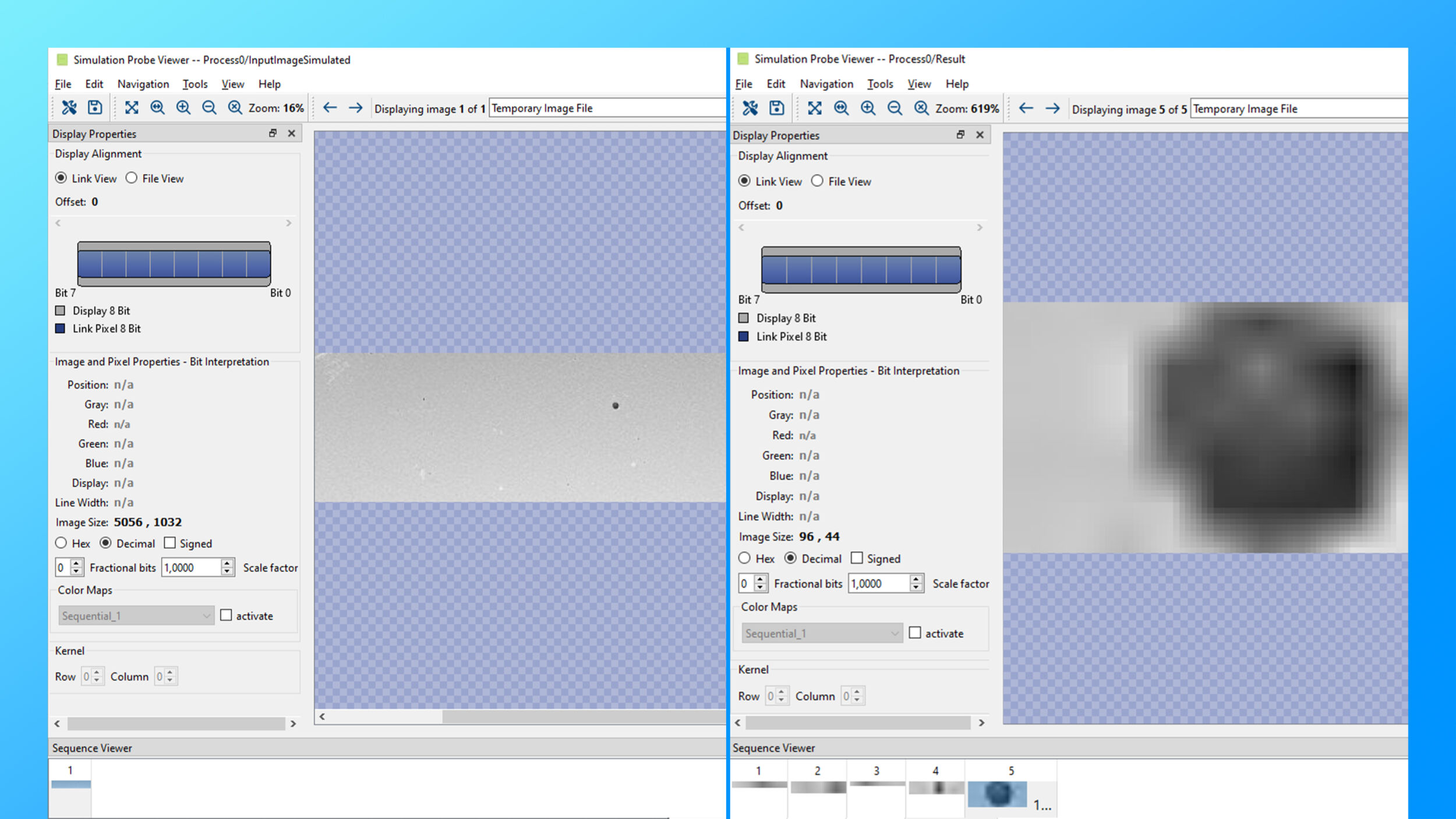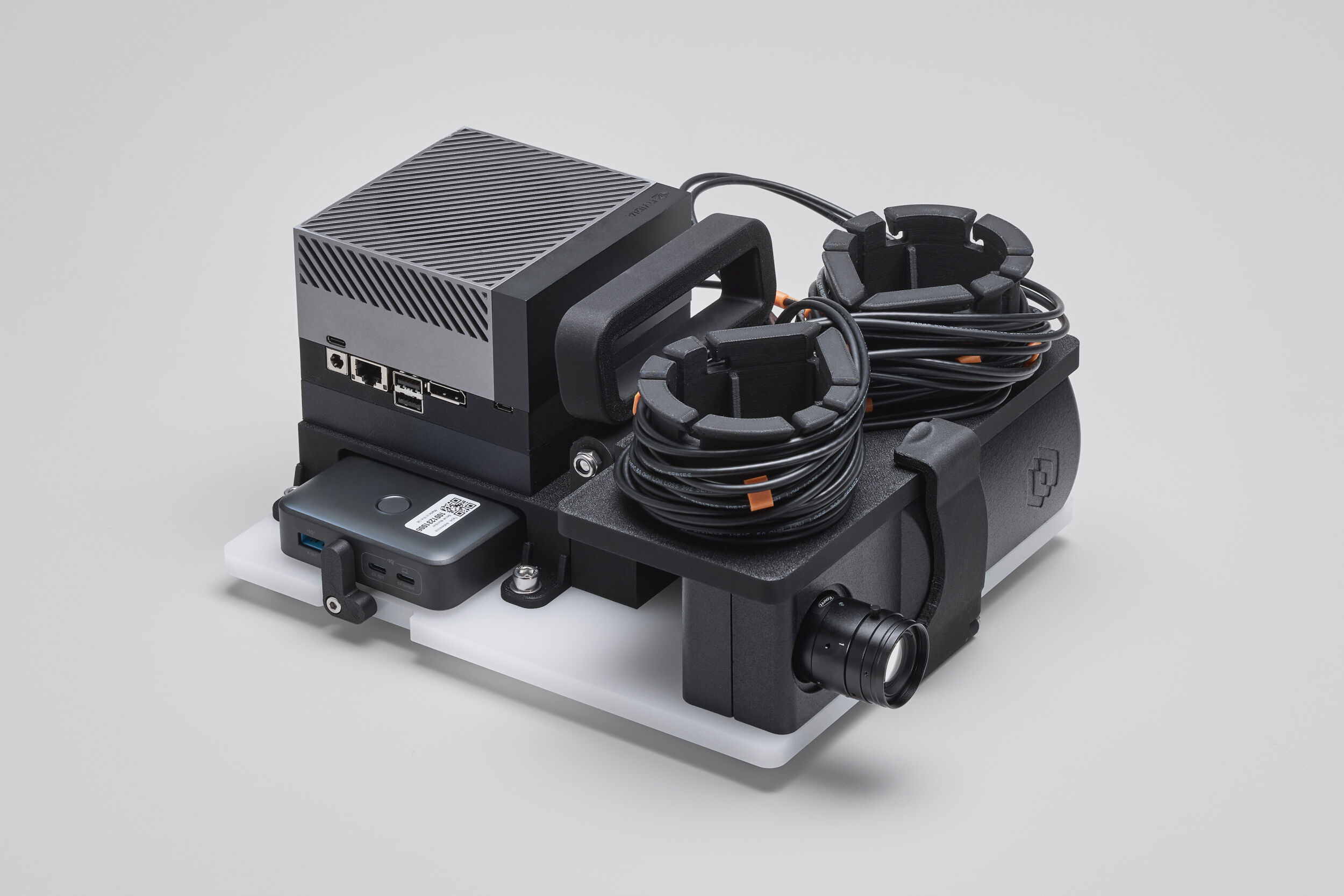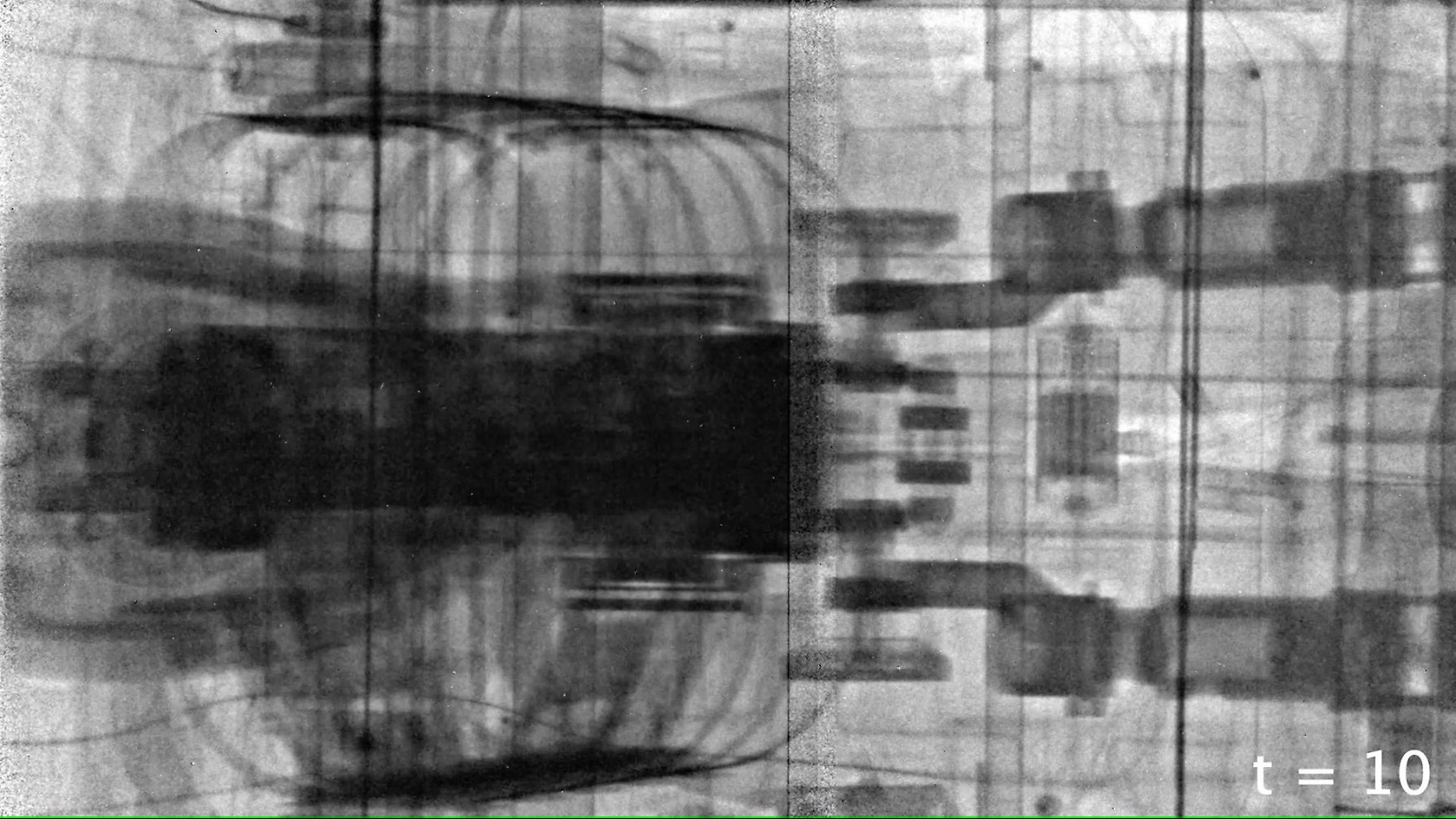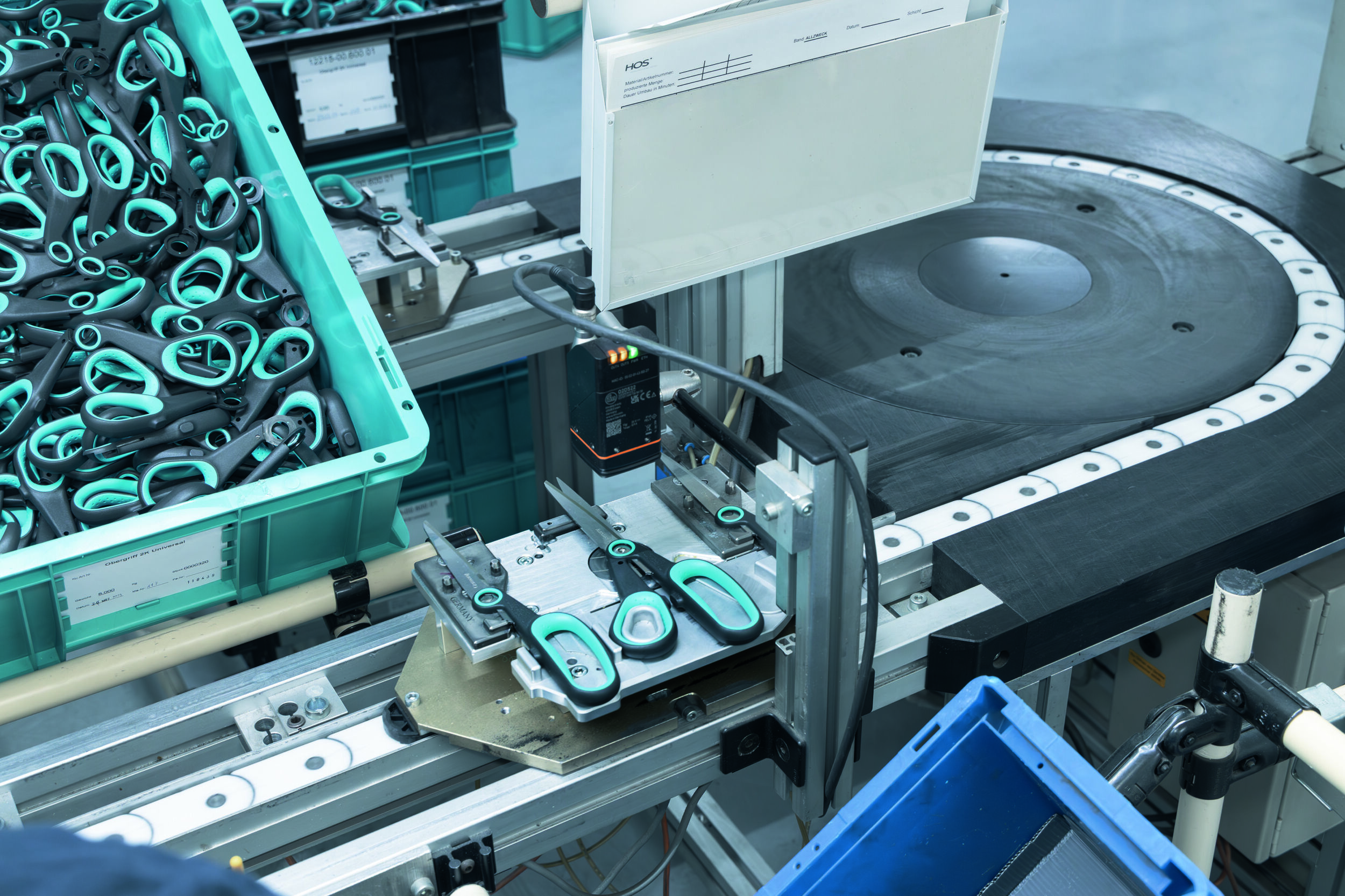Panel Discussion: Embedded Vision Everywhere?
Embedded Vision has been discussed for years, but where is the technology already in use? What new developments and applications are there and which role will AI play in the future? These questions were discussed with manufacturers (Allied Vision, Congatec, Cubemos, Vision Components) and users (Still, CST) at the Embedded World 2020.
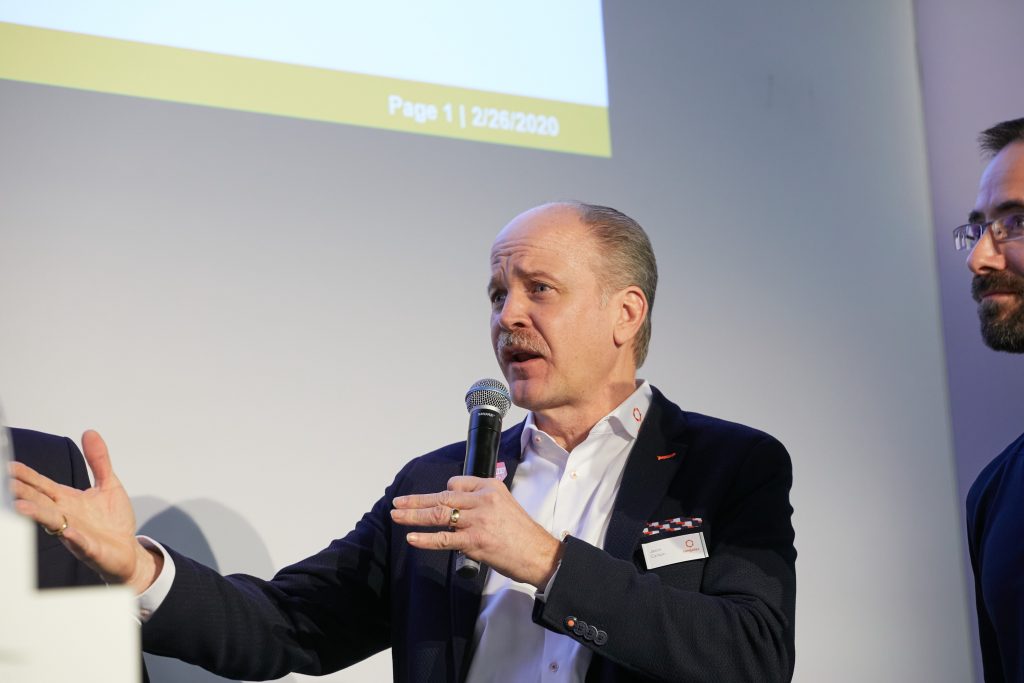
„Through applying analytics to the images, the customer is figuring out a way to capture more value.“, Jason Carlson, Congatec (Bild: Nürnberg Messe / Frank Boxler)
inVISION: What is Embedded Vision?
Jan-Erik Schmitt (Vision Components): Embedded Vision is a specialised solution to realise a specific task with low power consumption.
Jason Carlson (Congatec): Congatec is coming from the embedded computing point of view and is seeing more and more vision systems being combined with embedded computing.
Dr. Christopher Scheubel (Cubemos): It is the marriage between the processor and the imaging module on an embedded device.
Gion-Pittchen Gross (Allied Vision): An Embedded Vision system is optimised for a certain task and that is what it does really well in contrast to a PC-based vision system, which can do a lot of different tasks. Furthermore we usually have constraints in size or in power and very often in costs.
Dr. Michael Bach (CST): On the application side, the factors that define Embedded Vision are primarily the imaging sensor, the processing unit and the interface. The smaller the footprint, the more the system is embedded. For us power consumption is not so much an issue.
Bengt Abel (Still): Embedded Vision is a camera system that enriches the images with additional information and transmits this information to our units for robotic or assistant systems in real time.
inVISION: Is it really something new?
Schmitt: Embedded Vision isn’t something new, it started 25 years ago. It started with smart cameras, then vision sensors. We have a processing unit combined with an imaging unit. Today if we look at the IoT smart cities or ITS the applications have changed in broader areas.
Carlson: The trend is driven by edge computing, where a lot of analytics have been done in the cloud. But now with what’s happening at the price point we can do this at the edge. The biggest data driver is related to vision and doing analytics right there on the spot. An examples is police wearing body-worn cameras and something happens in a crowd. They have to redact everyone’s face, except for the one bad actor. Today, this can be done in real time automatically on the device that the police officer is wearing.
Scheubel: The consumer sector has triggered a movement. We are now in the downward spiral of prices and in an upward spiral of performance. You get the same components with the same performance for a fraction of the price.
Bach: We have the same footprint size, that was available ten years ago, but these days we have orders of magnitude higher processing powers available.
Abel: The distribution of compute power gets more and more important. We have dedicated chips for several tasks. This allows us to have smaller computer units to control the whole process.

